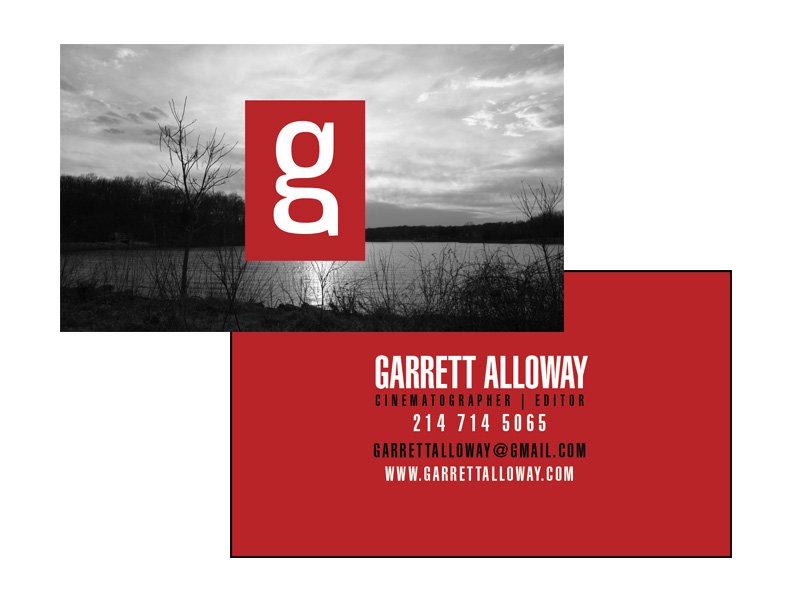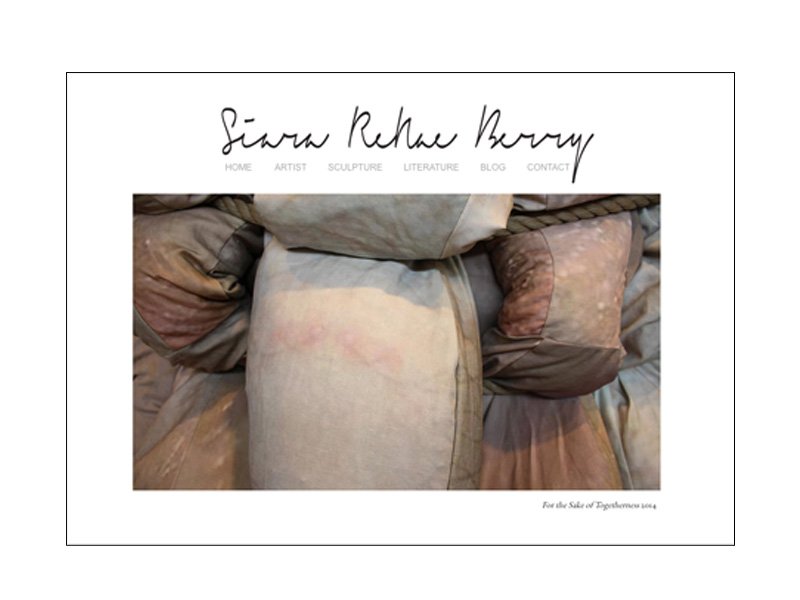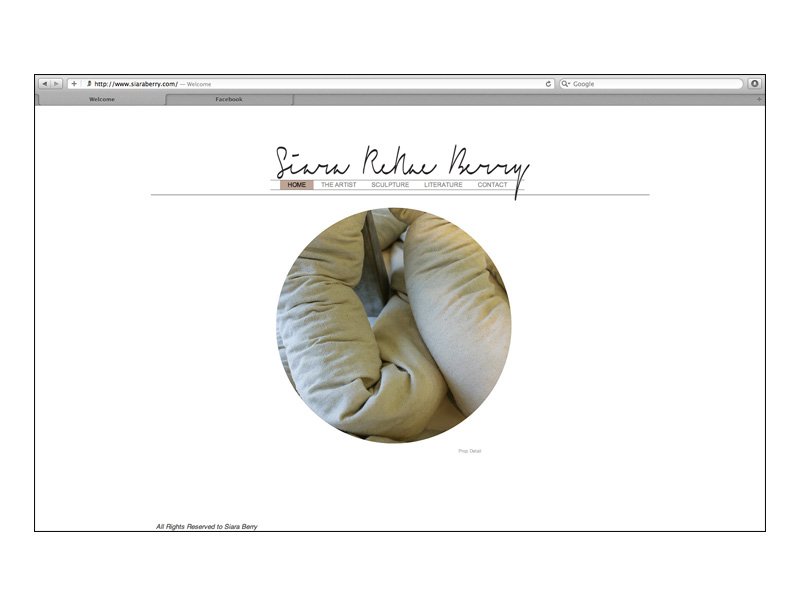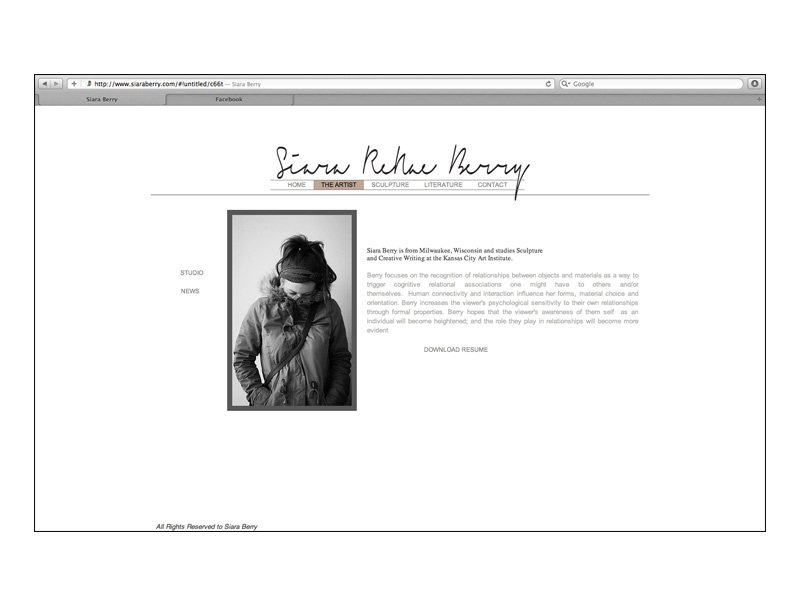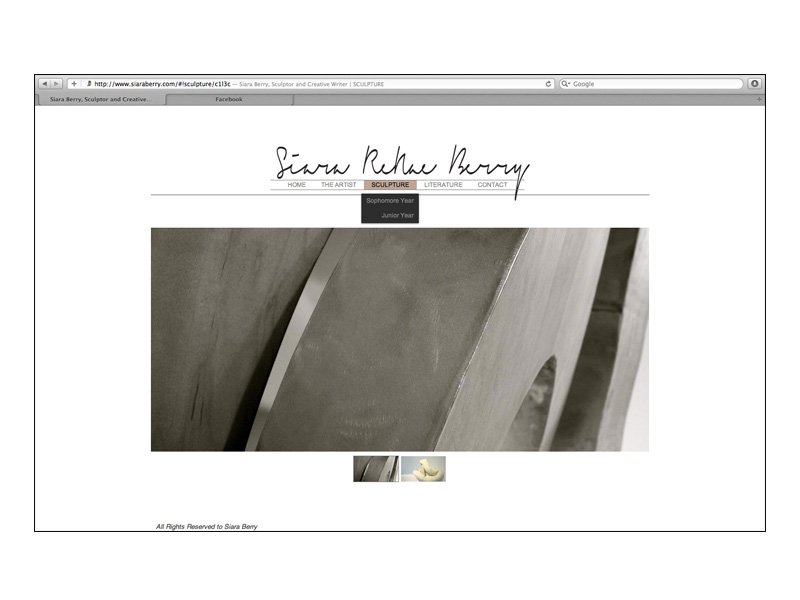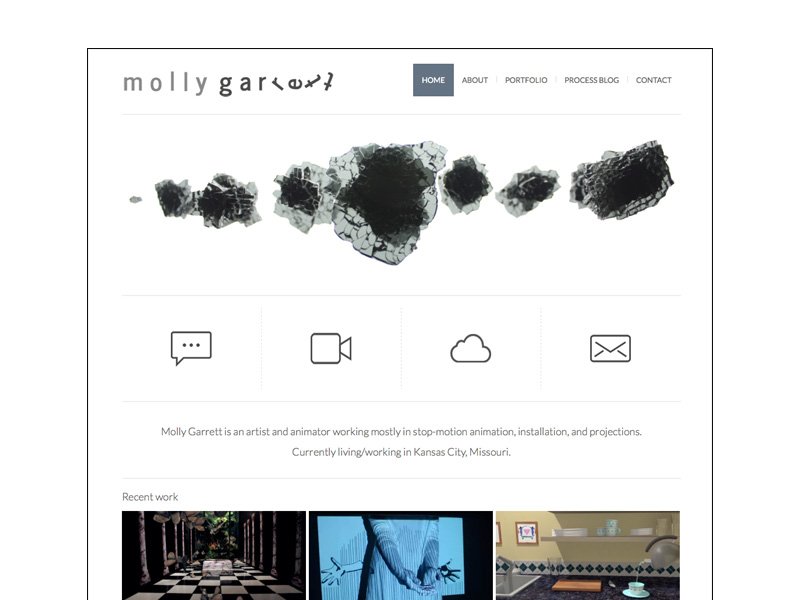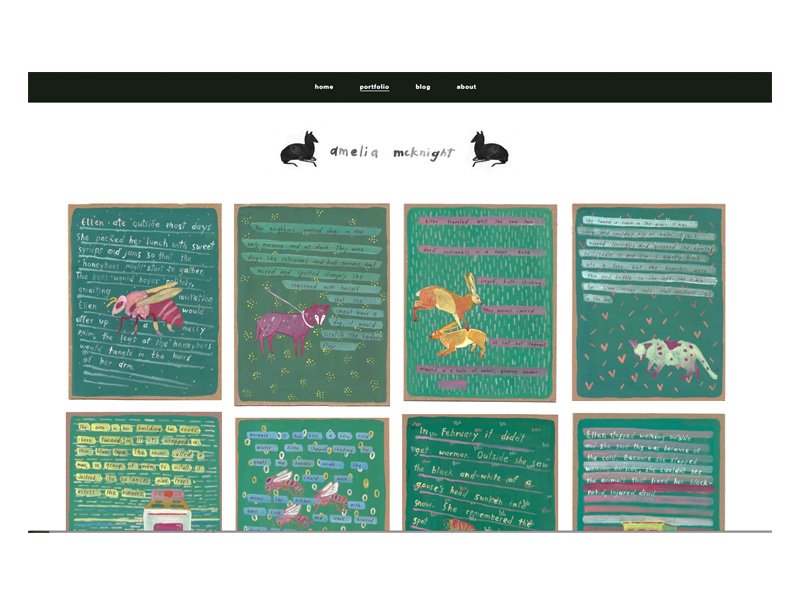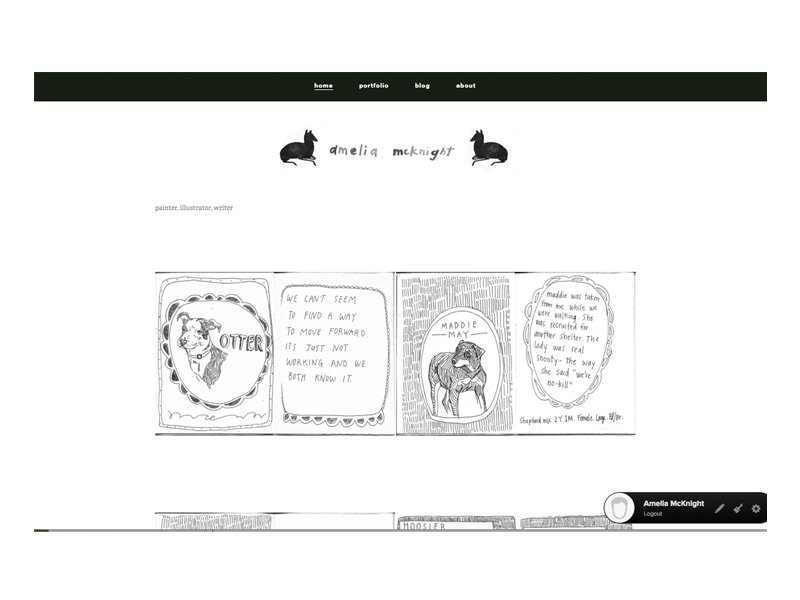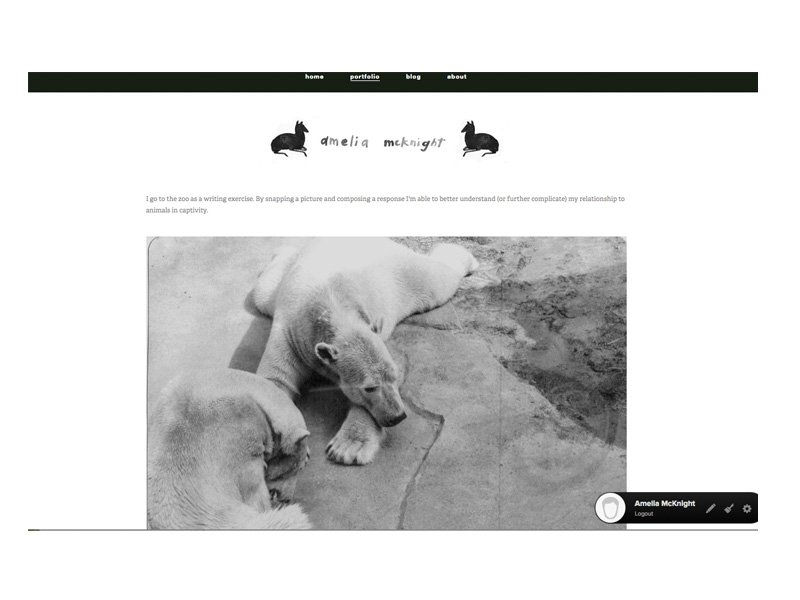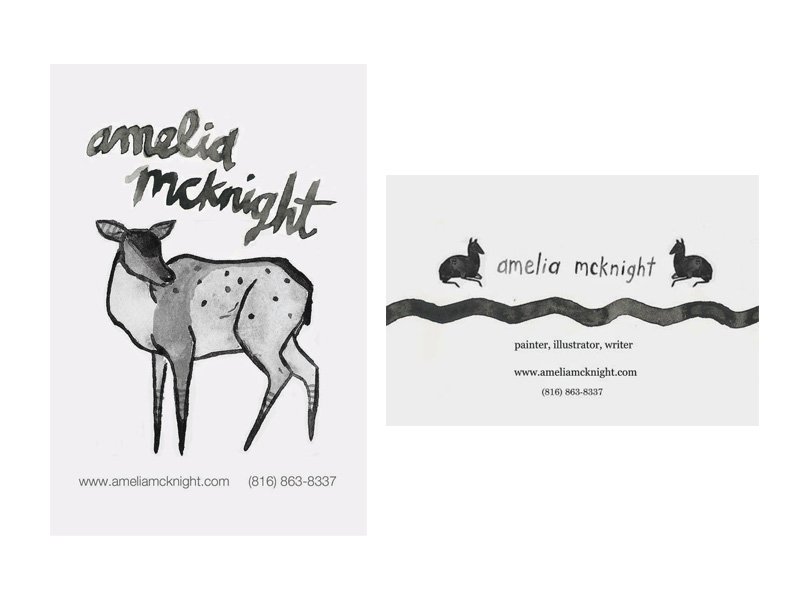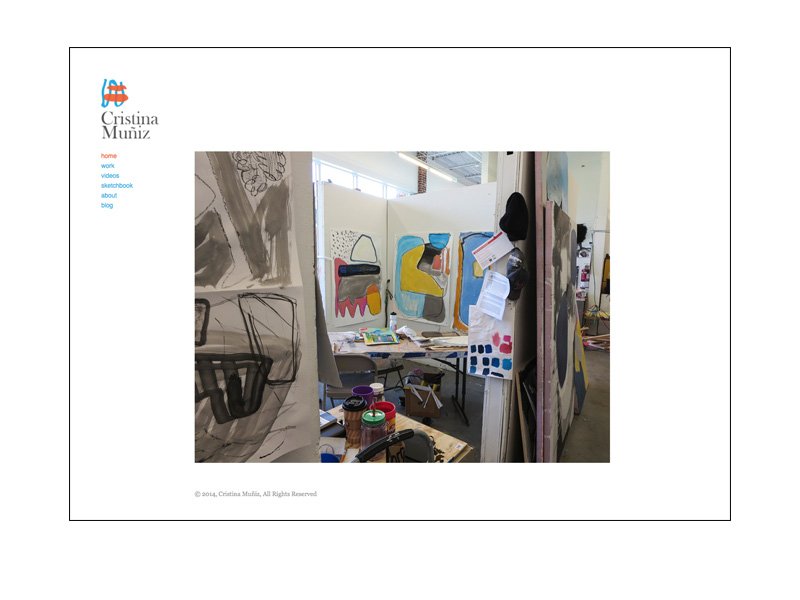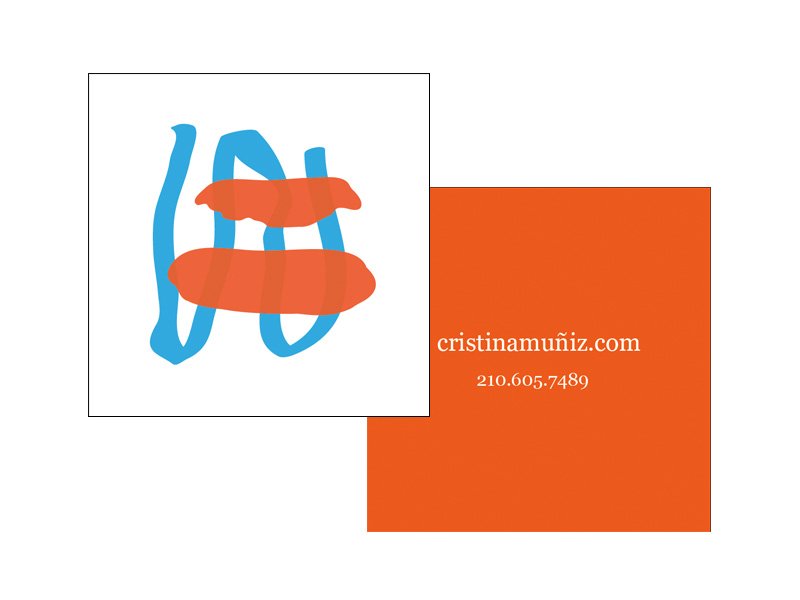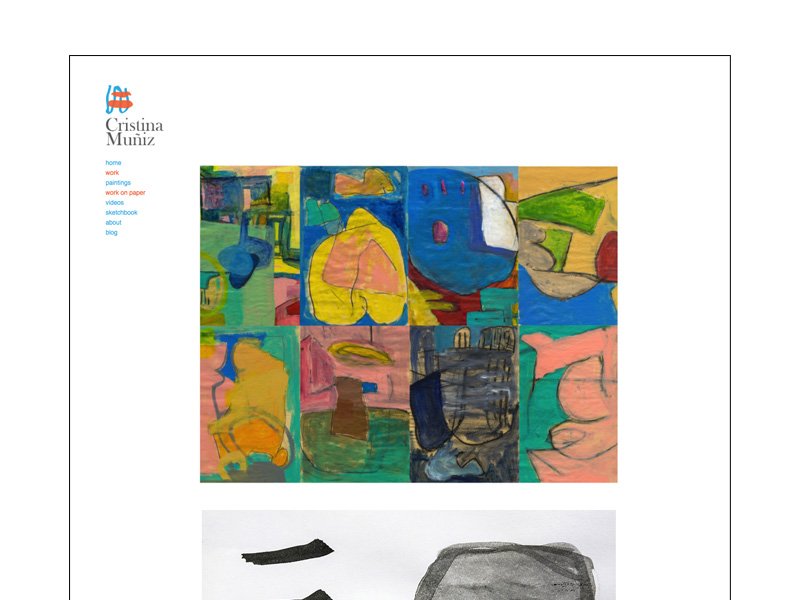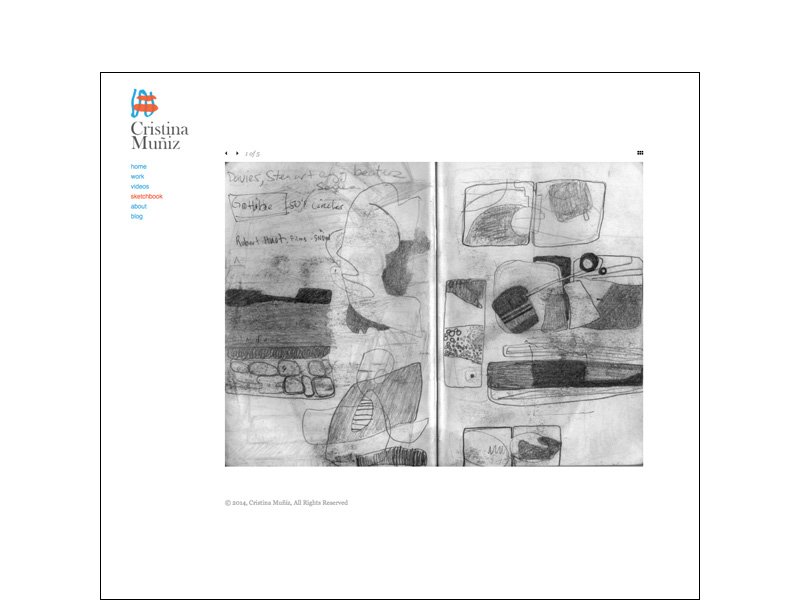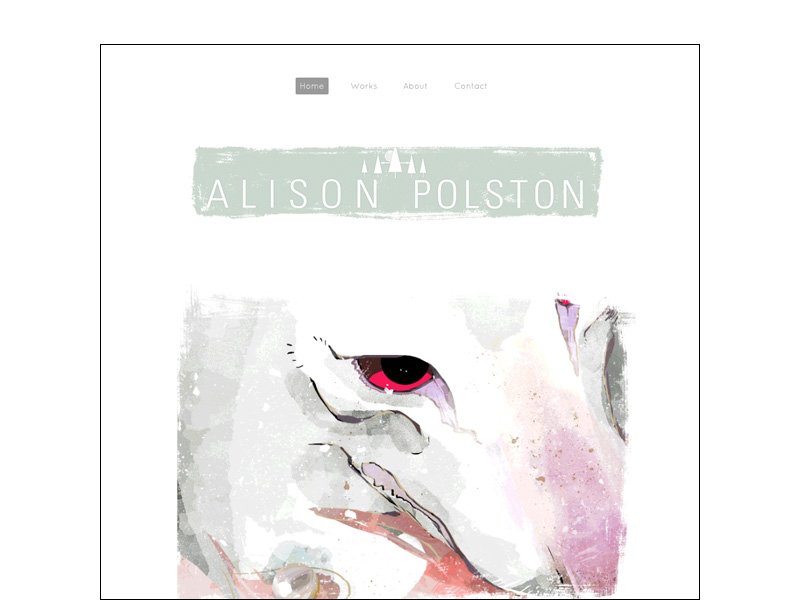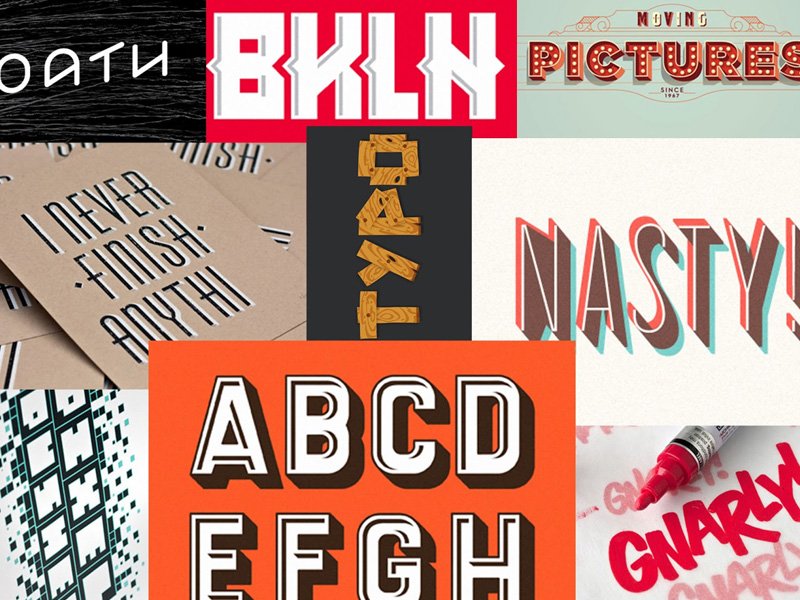
Open Electives
Typography for the Artist
“Type for the Artist” visually explores both the pragmatic and expressive potential of letters and words. Exercises are designed to equip artists with an understanding of letterforms and their anatomy including design, classifications, history, making font selections, basic hierarchy, layout and digital typesetting tools. Students leveraged their preferred art medium as a vehicle to execute projects and meaningfully integrate typographic fundamentals into their work.
Course objectives
Identify typographic characteristics & connotations
Illustrate an understanding of typographic characteristics & connotations
Appropriately use, identify, and diagram typographic terminology
Verbalize your understanding of typographic characteristics, design elements, and design principles during a critique
Effectively utilize type as elements or units of composition
Create, alter, enhance or distort meaning through typographic composition
Collaborate to creatively solve a problem
Leverage your chosen medium to communicate a message
Utilize type as elements or units of composition
Create, alter, enhance or distort meaning through context and medium
Select and pair appropriate typeface choices to suit content
Organize typography to create information hierarchy
Develop grid based typographic layouts
Employ consistent typographic standards through a series of works
Thoughtfully and appropriately incorporate typography into your major studio practice
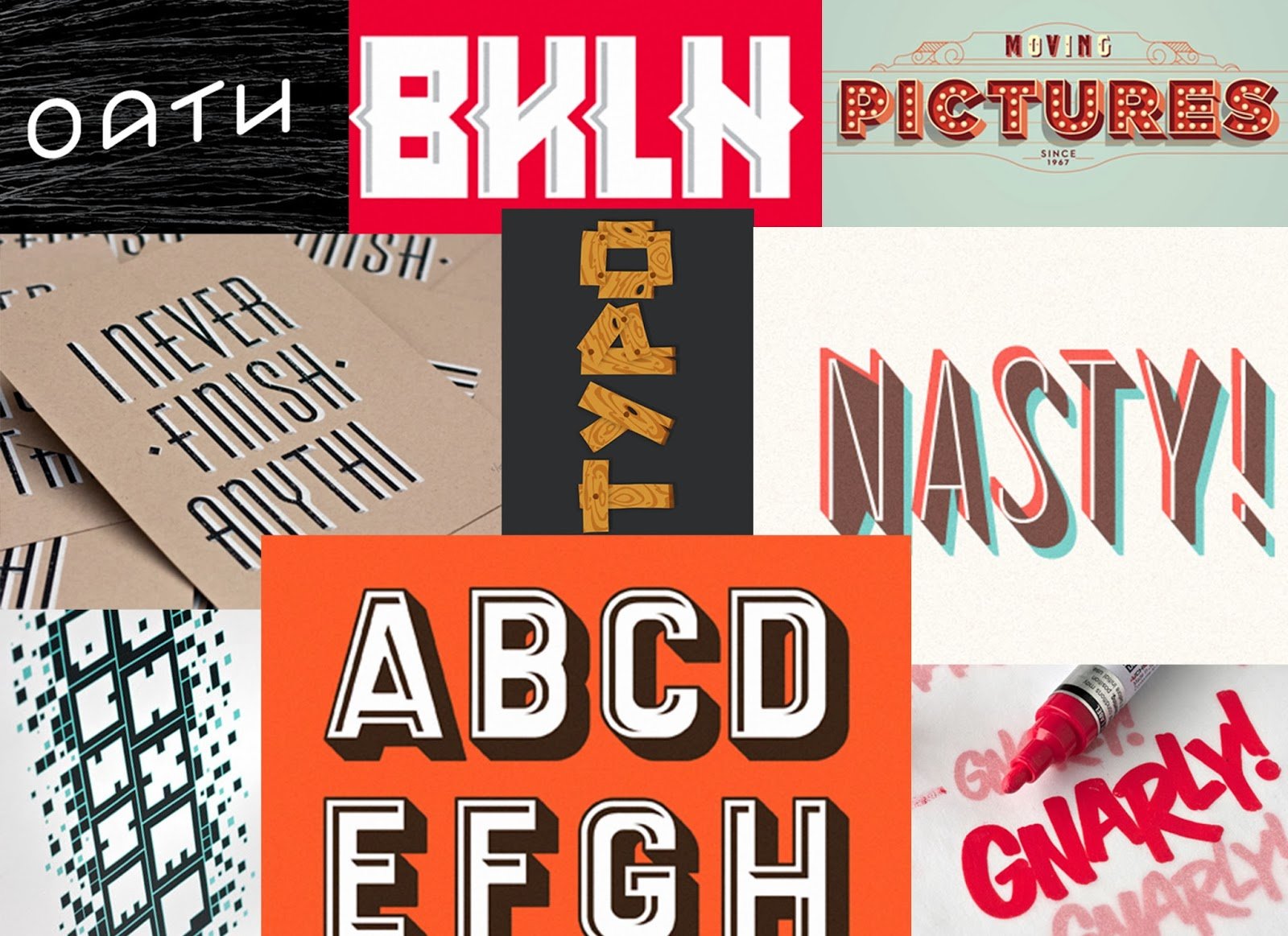
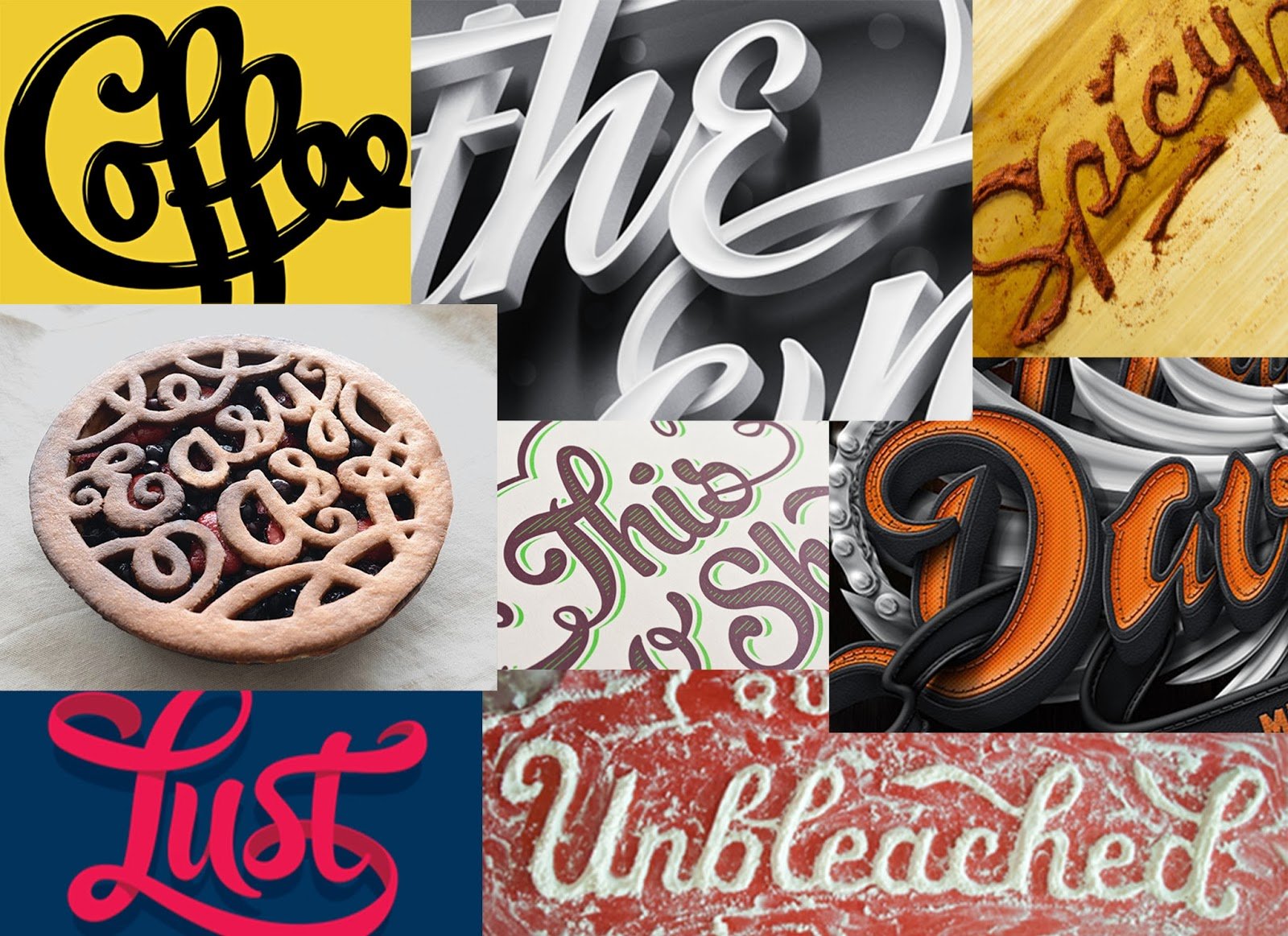
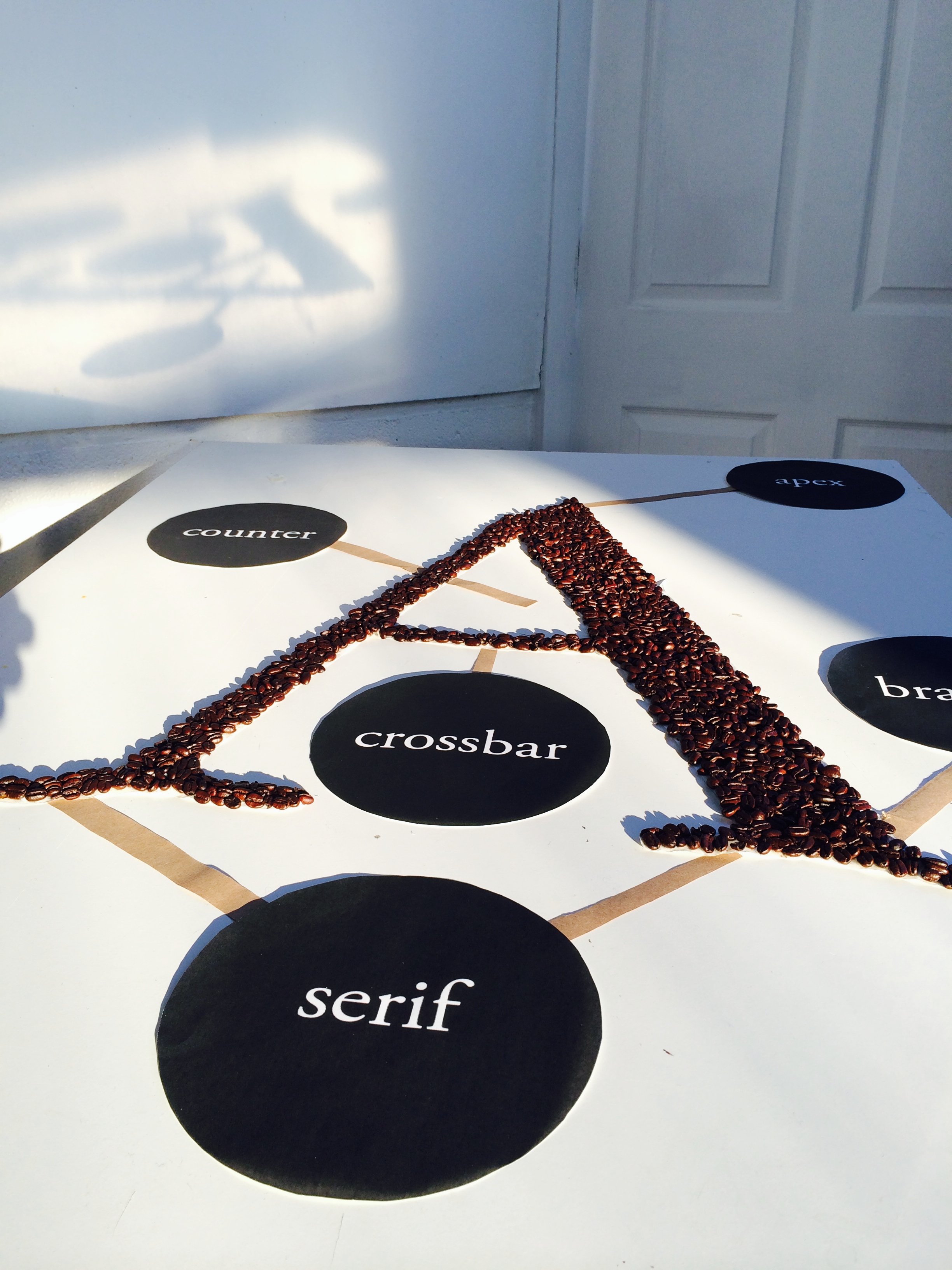
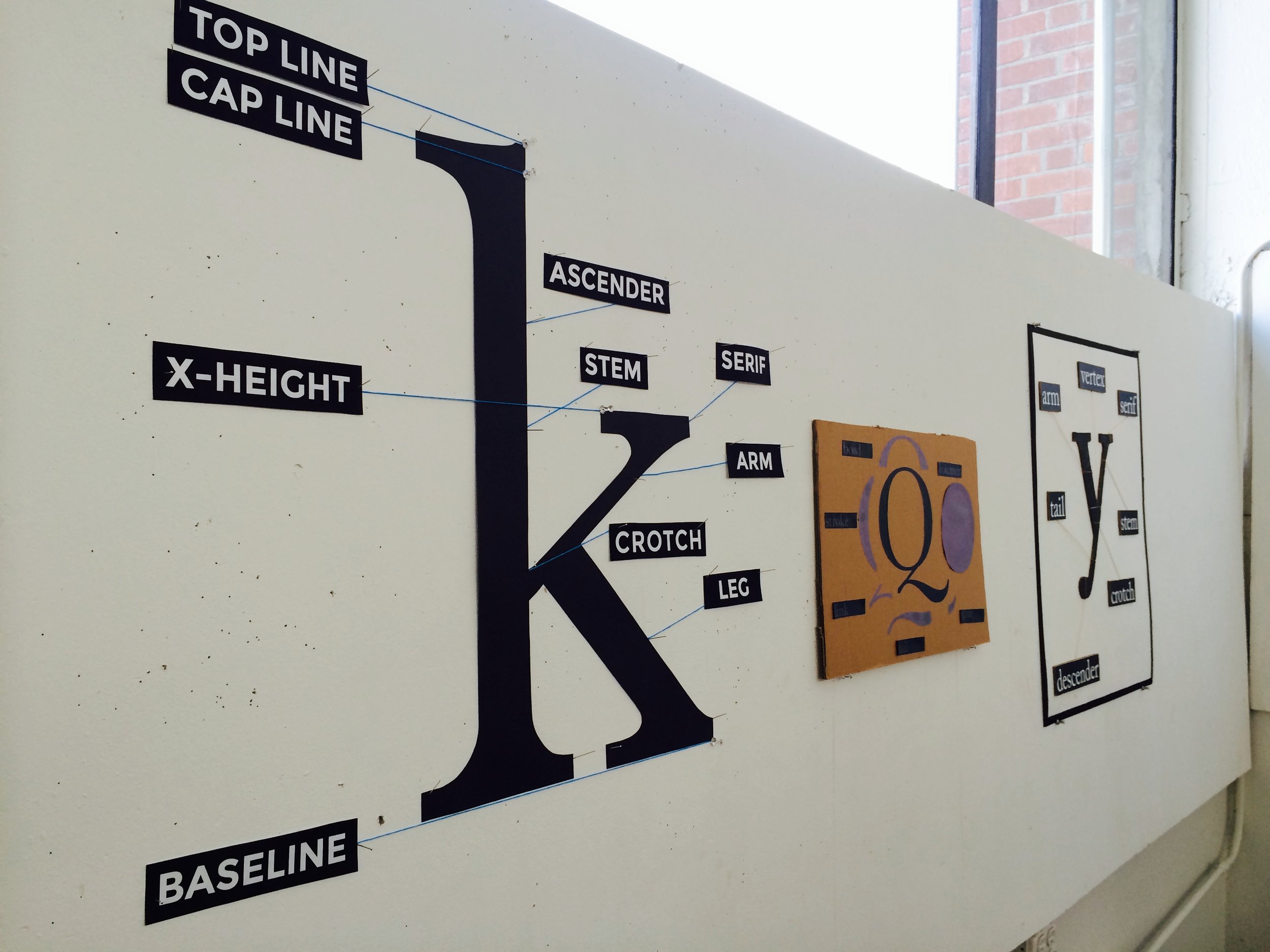
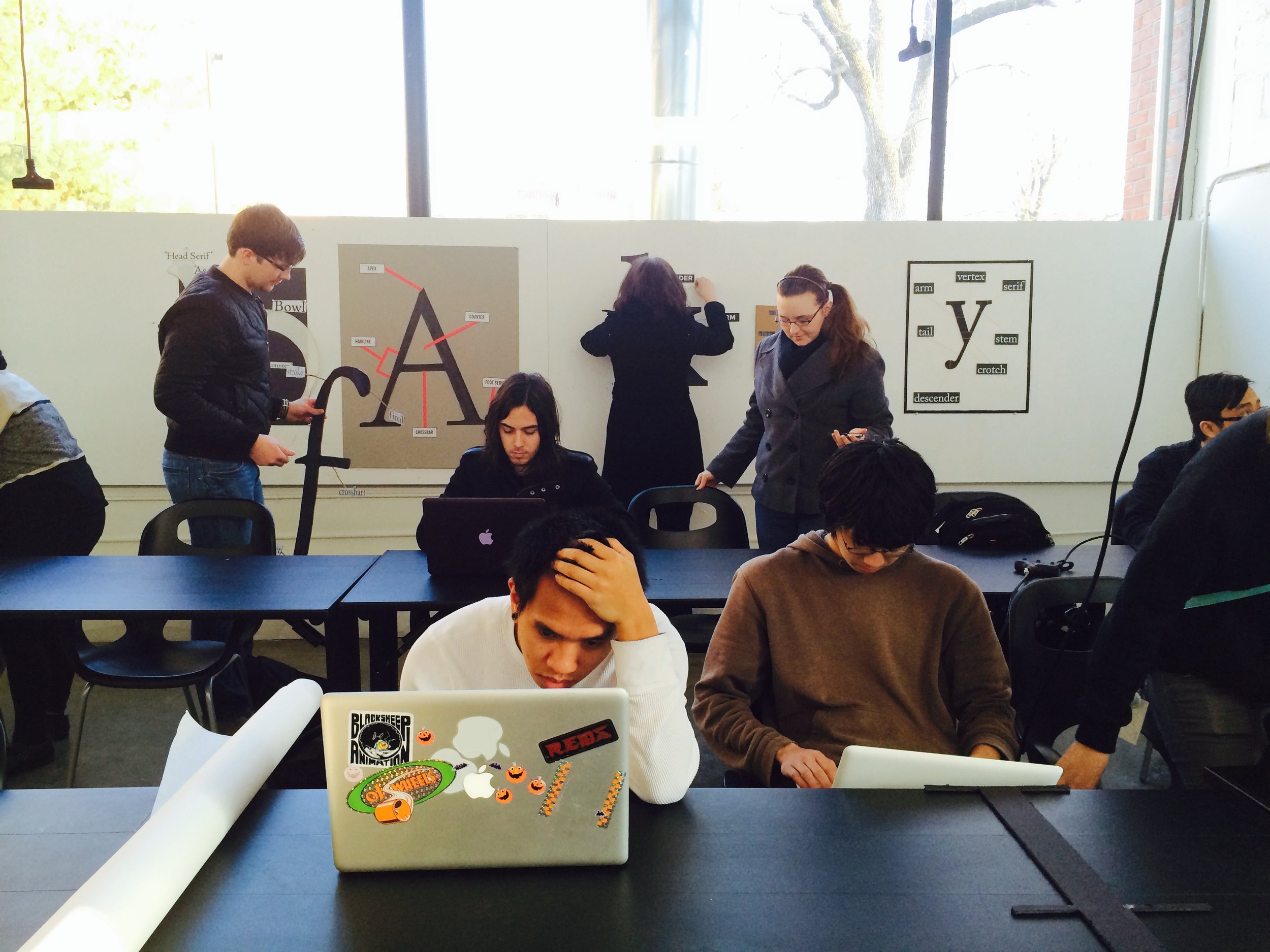
Project one: Letterform Explorations
Choose a theme and illustrate color harmonies and relationship manipulators. Part one will explore the concepts individually, and part two will combine color harmonies with relationship manipulators.
Objectives
Identify typographic characteristics & connotations
Illustrate an understanding of typographic characteristics & connotations
Appropriately use, identify, and diagram typographic terminology
Verbalize your understanding of typographic characteristics, design elements, and design principles during a critique

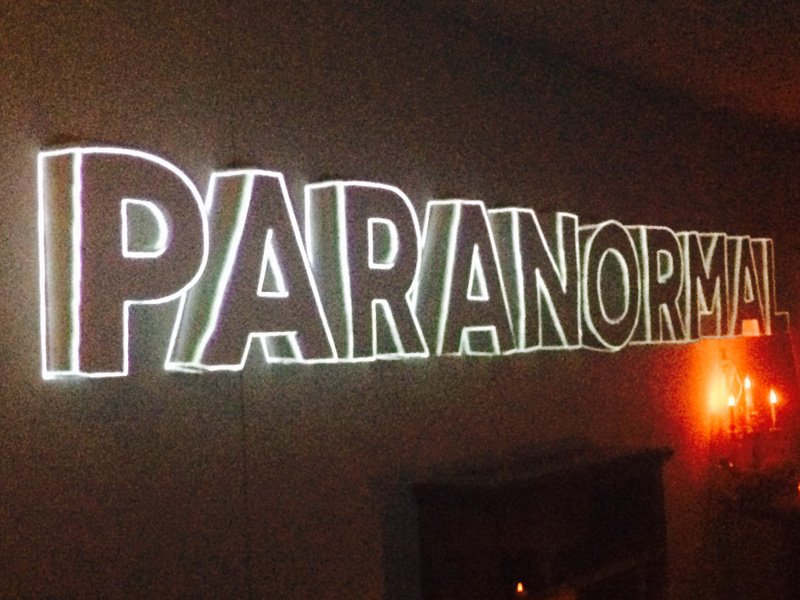

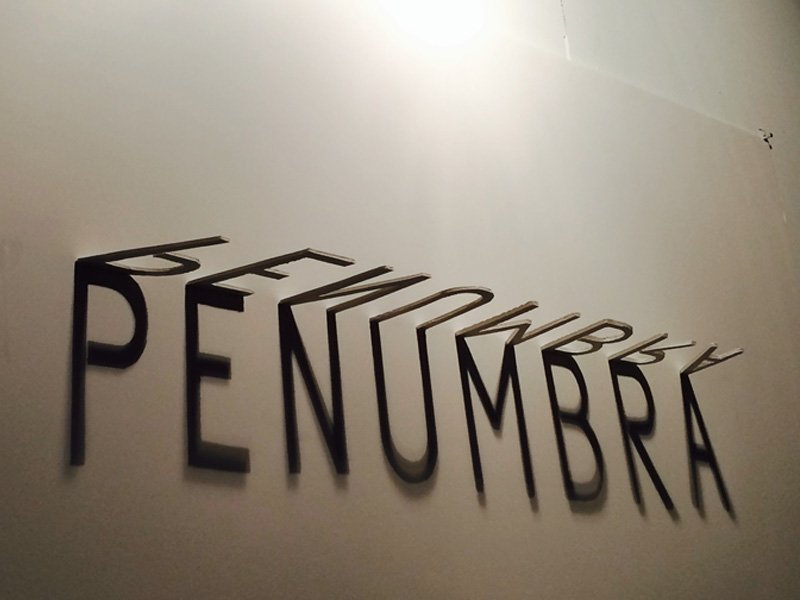



Project two: typographic metaphor
Objectives
Identify typographic characteristics & connotations
Illustrate an understanding of typographic characteristics & connotations
Select appropriate typeface choices to suit content
Effectively utilize type as elements or units of composition
Verbalize your understanding of typographic characteristics, design elements, and design principles during a critique
Collaborate to creatively solve a problem
Leverage your chosen medium to communicate a message
Create, alter, enhance or distort meaning through context and medium
Select appropriate typeface choices to suit content
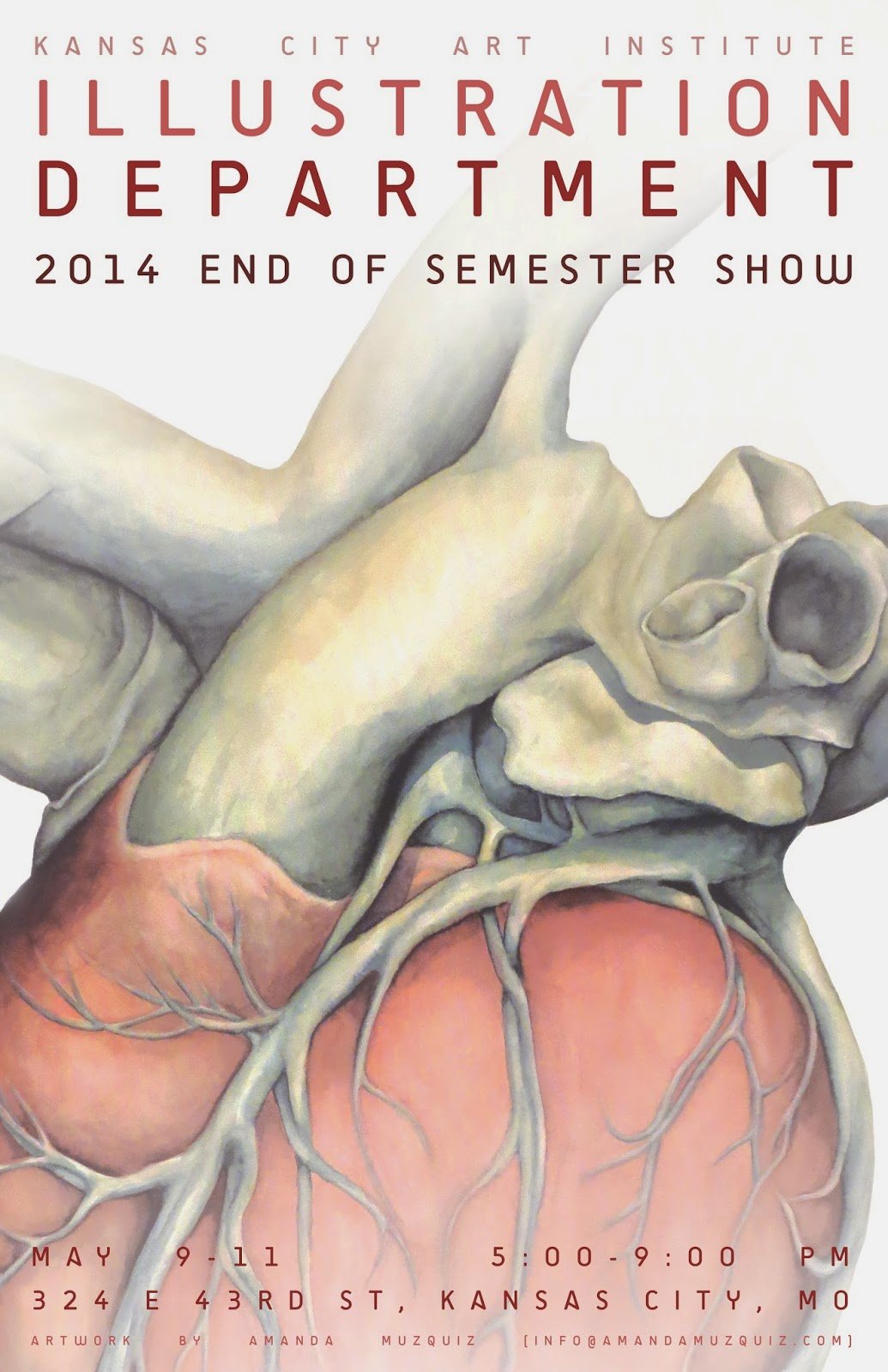

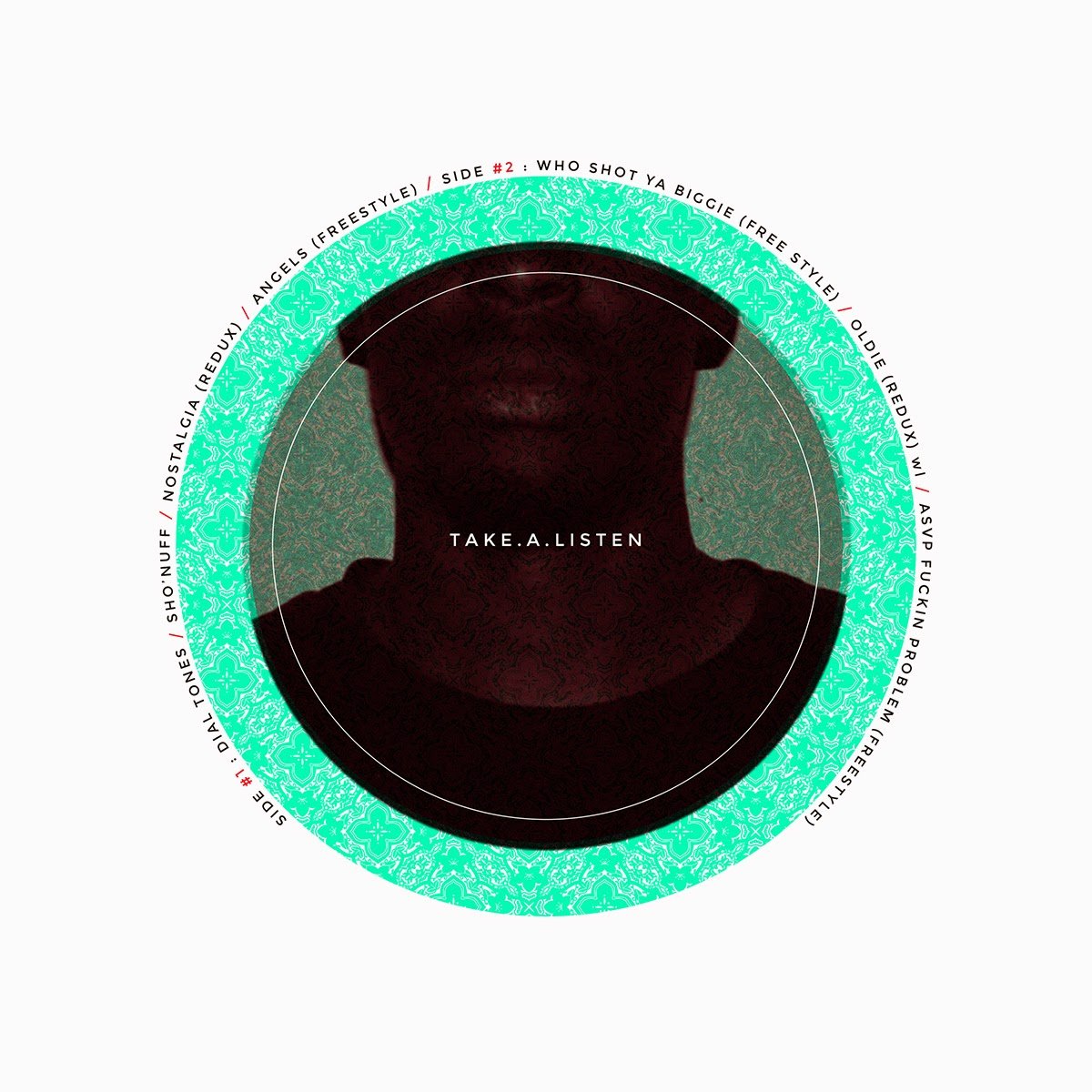
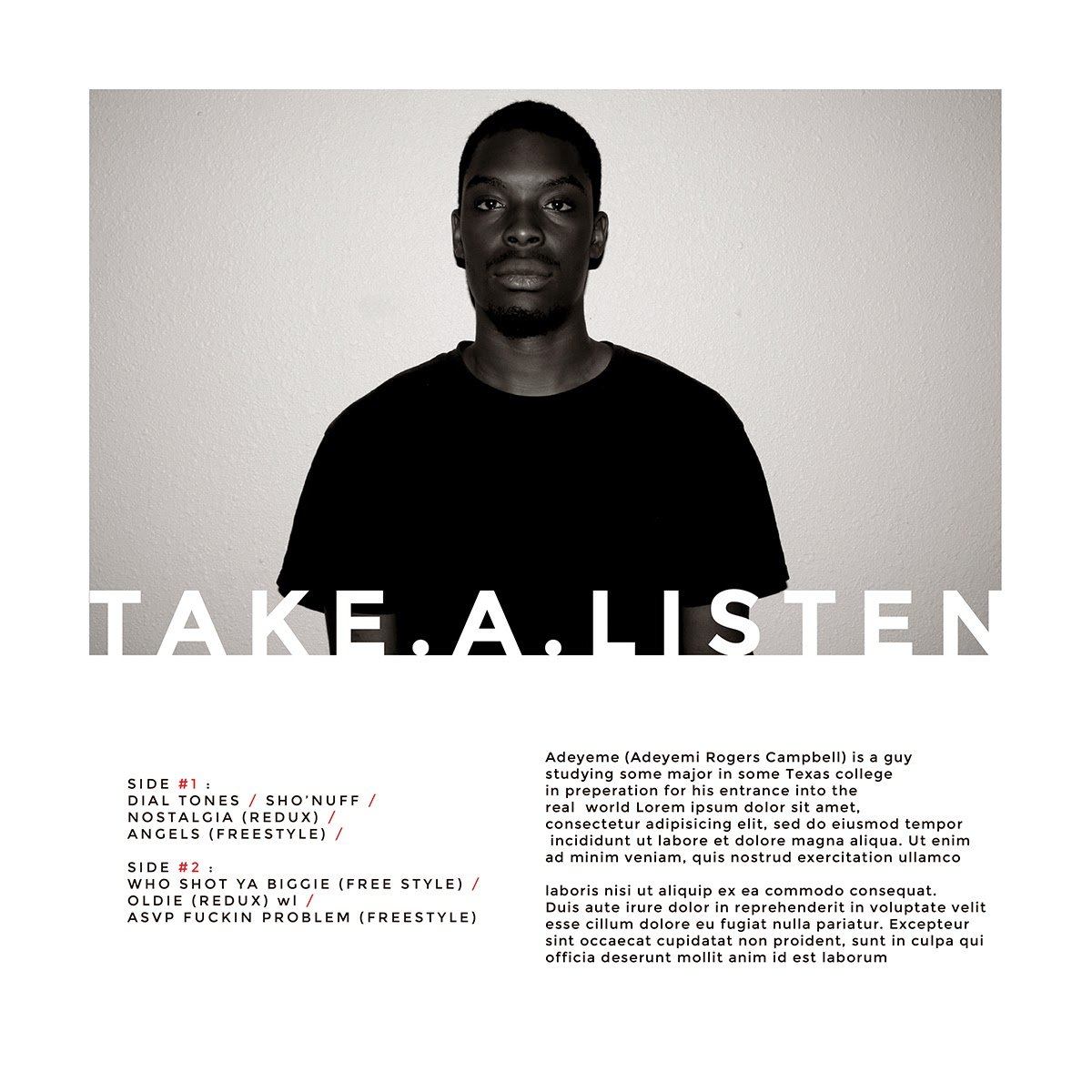
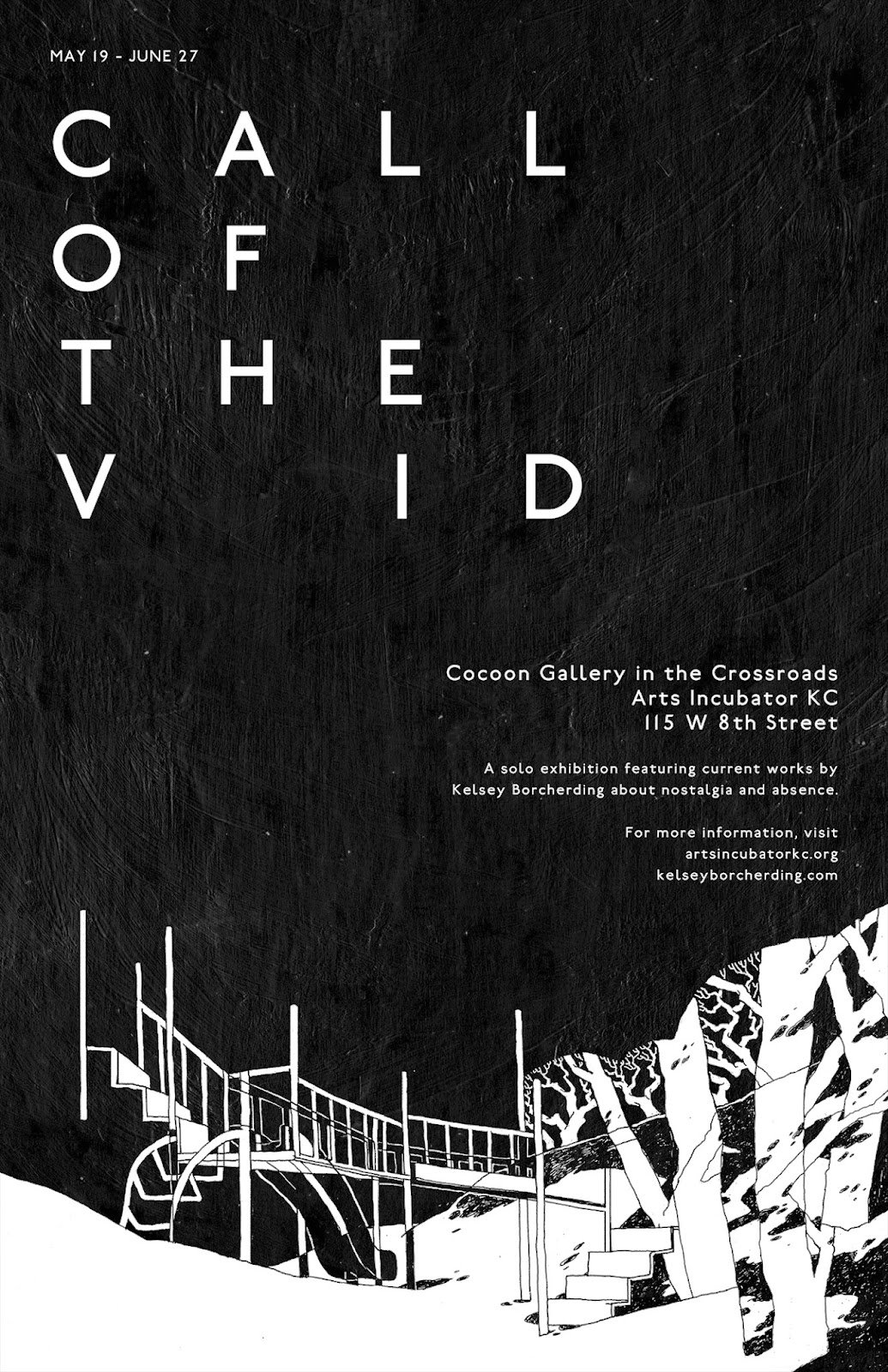
Project three: Promoting the artist
Objectives
Select and pair appropriate typeface choices to suit content
Organize typography to create information hierarchy
Develop grid based typographic layouts
Employ consistent typographic standards through a series of works
Project description
Utilize typography, alignments, grid and information hierarchy to create a matching poster and double-sided postcard which promotes either:
A hypothetical exhibition of your work at the H&R Block Artspace, or
An actual end-of-semester exhibit in which you will be involved.
Examples of work may be used in your layouts, but typography will be the primary tool for communicating information.
Online Presence for the Artist
This course was designed to help artists of all disciplines establish a public online presence through a workshop studio. Students explored a variety of methods for self-promotion utilizing the latest online tools and venues to create a personal online presence. Each student’s outcome was tailored to that individual’s art practice. We also explored online tools for producing printed portfolios and promotional material.
Course objectives
Learn online best practices for file management, digital color, typography, image editing
Produce and edit a portfolio of work suitable for online presentation
Have an increased awareness of opportunities for online promotion
Develop online promotional opportunities through online communities and social networking
Secure a domain name and hosting package, email and portfolio site
Create printed materials to drive traffic to your website

